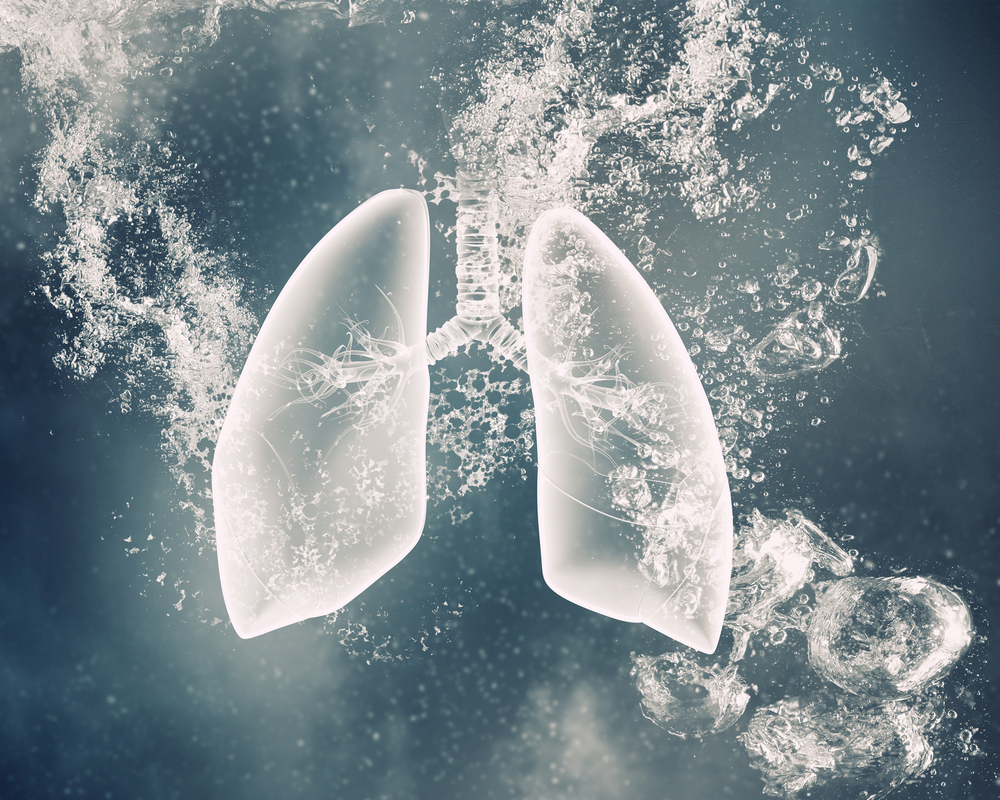By Capturing Patients’ Feelings of Dyspnea, DALS-15 Scale May Ably Spot Those Needing Help with Breathing

A new patient-reported way of measuring shortness of breath in amyotrophic lateral sclerosis (ALS), called the Dyspnea-ALS-Scale or DALS-15, can help doctors identify people who would benefit from noninvasive ventilation, even when their lung function and blood gas tests do not indicate it.
DALS-15 also can be valuable in guiding the care of patients already receiving assisted breathing, and those with severe bulbar dysfunction who have difficulty taking lung function tests.
The study “The Dyspnea-ALS-Scale (DALS-15) optimizes individual treatment in patients with amyotrophic lateral sclerosis (ALS) suffering from dyspnea” was published in the journal Health and Quality of Life Outcomes.
Shortness of breath, also known as dyspnea, is a frequent symptom in ALS and one of the most troubling, affecting nearly 80% of patients.
Regular evaluation of dyspnea is critical for patient care, and one of the most important symptoms to consider when judging the need to initiate noninvasive ventilation (NIV).
Researchers at Otto-von-Guericke University developed a patient-reported scale to quantify dyspnea in ALS — the Dyspnea-ALS-Scale (DALS-15) — to help doctors evaluate respiratory problems and to support decision-making regarding NIV.
One important aspect of DALS-15 is that it is based on patients’ opinions of their health status, or patient-reported outcomes (PRO). These are well-suited for evaluating symptoms like dyspnea that depend greatly on the subjective appraisal of the person with such symptoms.
A DALS-15 validation study showed that the scale was highly reliable and appropriate for use with individuals. It also confirmed that dyspnea varies from patient to patient and cannot be fully captured using objective parameters like spirometry (a lung function test) or blood gas analyses.
In that study, up to 80% of the patients classifying with dyspnea by DALS-15 had spirometric and blood gas values that did not indicate a need for noninvasive ventilation.
Now, researchers conducted a case-based study to illustrate the diagnostic and clinical utility of DALS-15 in clinical routine.
The report describes two patients with ALS and dyspnea, who were part of the earlier study to develop and validate DALS-15.
The first case was a 72-year old man rated with moderate dyspnea (DALS-15 sum score of 14 out of 30 points) approximately 13 months after his diagnosis of ALS.
He performed “quite well” on spirometry tests — forced vital capacity (FVC) upright of 123%, FVC supine of 104% and delta (Δ) FVC of 15%. Here, ΔFVC refers to the percentage of decline in FVC upon changing from an upright to supine position.
Blood gas tests showed lower levels of carbon dioxide (hypocapnia), which was interpreted as hyperventilation (respiratory rate of 18 breaths per minute) due to the sensation of dyspnea.
None of the results supported a recommendation for noninvasive ventilation, as opposed to DAL-15 scores. Based on the latter, the patient was referred to a sleep laboratory and nocturnal NIV was started.
Six months later, the patient complained of a worsening dyspnea, and his DALS-15 had risen to 19 points. This was accompanied by a rapid deterioration and evidence of severe diaphragmatic (breathing muscle) weakness — FVC upright of 74%, FVC supine of 41%, ΔFVC of 45%.
Attempts were made to optimize ventilation settings and he was put on lorazepam and morphine, but his dyspnea continued to worsen and became a major burden over time.
“The spirometric test results thus indicated NIV initiation 6 months later than the assessment of the subjective feeling of dyspnea by the DALS-15 did,” the researchers wrote.
A second case detailed a 51-year-old man with bulbar ALS who also had dyspnea ranked as severe by DALS-15 (sum score: 26 out of 30 points). He was unable to communicate verbally but could tick the scales’ answers using a bedside communication device. Doing so did not bother the patient, and gave a good impression of the degree of his dyspnea-related distress.
He reported high symptom and emotional burden, agreeing with questions like “I wake up because of breathlessness at night” (often) and “I have fear of suffocation” (often).
He tested high for carbon dioxide in the blood, indicating a later stage of respiratory impairment. Due to bulbar (affecting head, neck and facial muscles) involvement, he could not perform spirometry.
In this case, NIV was clearly indicated given both the blood gas results and DALS-15 scores, but the patient refused to start it due to claustrophobia. He also refused a tracheostomy and invasive ventilation.
Treatment then focused on secretion management and medications intended to alleviate symptoms, including morphine and lorazepam, and to reduce the distress caused by dyspnea.
Researchers say this case serves as an example of patients with advanced bulbar impairment who cannot speak or perform spirometry, and for whom DALS-15 can be of particular value. “The DALS-15 therefore has the potential to optimize individual treatment in ALS patients with dyspnea,” they concluded.






